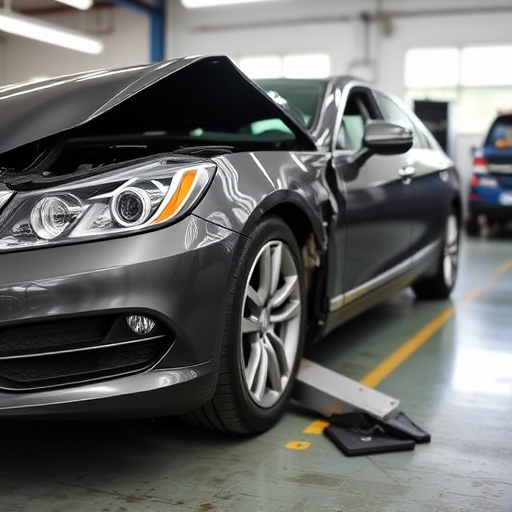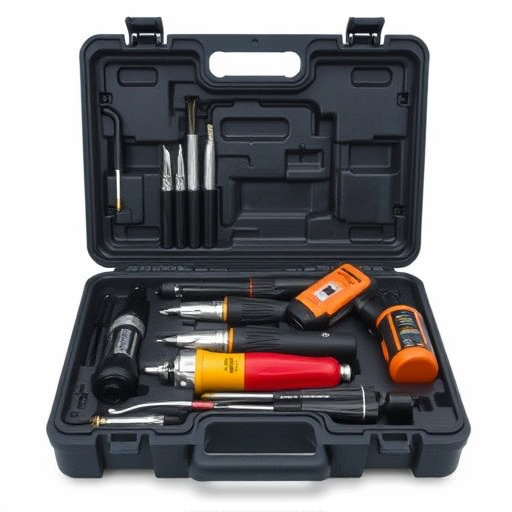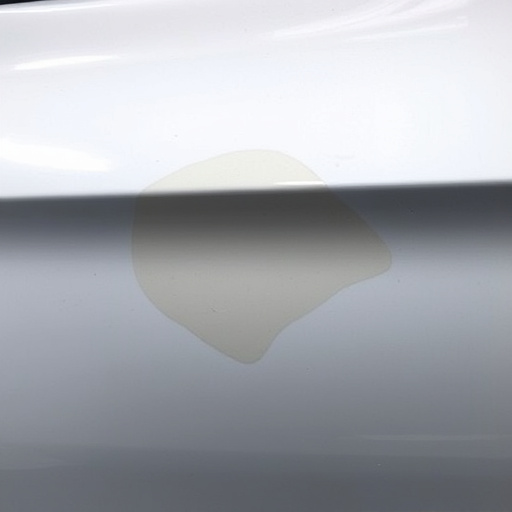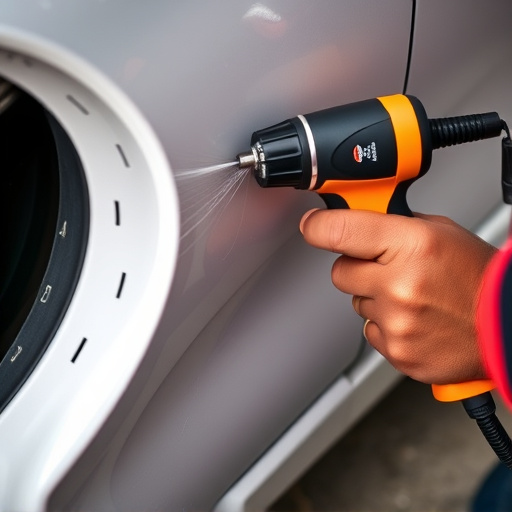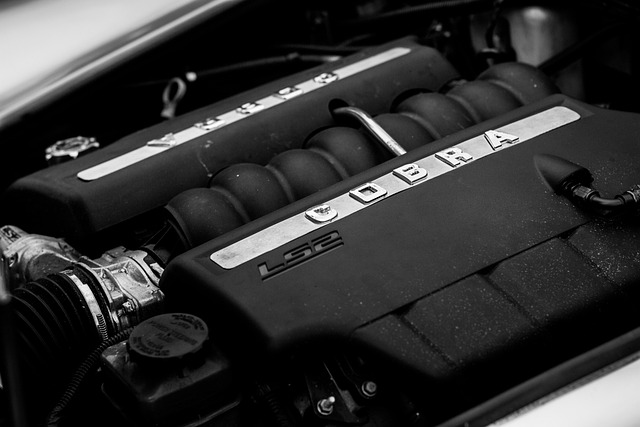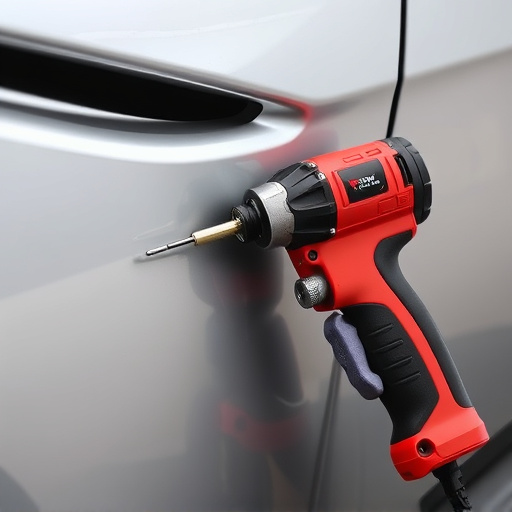Mercedes THERMOTRONIC systems, despite sophistication, are prone to sensor malfunctions leading to inefficient heating/cooling, irregular temperature readings, and shutdowns. Diagnosing HVAC sensor issues requires specialized tools and advanced software for precise identification. Repairs involve replacing faulty sensors with compatible Mercedes-Benz standards ones followed by rigorous testing. Specialized collision centers offer comprehensive Mercedes THERMOTRONIC repair services, restoring optimal climate control and passenger comfort.
Mercedes THERMOTRONIC systems are renowned for their precision climate control, but sensor failures can disrupt this harmony. This article guides you through the process of repairing your Mercedes THERMOTRONIC after a HVAC (heating, ventilation, and air conditioning) sensor fails. We’ll explore common issues, diagnose sensor problems using essential tools, and provide step-by-step instructions for replacing failed sensors while ensuring optimal system performance. Learn how to restore your Mercedes’ comfortable climate control environment.
- Understanding Mercedes THERMOTRONIC System & Common Failures
- Diagnosing HVAC Sensor Issues: Steps & Tools Required
- Repair Process: Replacing Failed Sensors & Testing Procedures
Understanding Mercedes THERMOTRONIC System & Common Failures

The Mercedes THERMOTRONIC system is a sophisticated climate control unit designed to maintain optimal cabin temperatures. It works by monitoring and regulating air flow and temperature using various sensors, valves, and actuators. This complex network ensures drivers and passengers experience a comfortable environment regardless of external weather conditions. However, like any intricate mechanism, the THERMOTRONIC system can suffer failures, with one of the most common issues being sensor malfunction.
Common failure modes often involve the HVAC (Heating, Ventilation, and Air Conditioning) sensors, which can become damaged or contaminated over time. These sensors are responsible for detecting temperature and air flow rates, sending crucial data to the control module that orchestrates the system’s operation. When a sensor fails, it can lead to inefficient heating or cooling, irregular temperature readings, and even complete system shutdowns. Prompt diagnosis and repair are essential to restore optimal performance. A qualified technician may recommend replacing faulty sensors, servicing the system, or, in more severe cases, considering a complete Mercedes THERMOTRONIC repair or car restoration service to ensure the vehicle’s climate control system operates reliably again, comparable to when it left the factory, following top-notch collision repair services and car paint services if necessary.
Diagnosing HVAC Sensor Issues: Steps & Tools Required

Diagnosing HVAC sensor issues in a Mercedes THERMOTRONIC system requires specific steps and tools to ensure accurate identification. The first step is to inspect the sensor for any visible damage or debris buildup, as blockages can impede its functionality. Using diagnostic tools like a multimeter or OBD-II scanner, technicians can check the sensor’s resistance and voltage readings, comparing them against the manufacturer’s specifications. These tools allow for precise measurements, helping to pinpoint whether the problem lies with the sensor itself, wiring, or other components within the system.
For Mercedes THERMOTRONIC repair, understanding the vehicle’s electrical system is crucial. Automotive repair services often employ advanced diagnostic software to interpret data from various sensors and control modules. By cross-referencing these findings, mechanics can identify faulty HVAC sensors and devise an effective plan for replacement or reparative actions, thereby ensuring optimal vehicle repair services and maintaining passenger comfort.
Repair Process: Replacing Failed Sensors & Testing Procedures
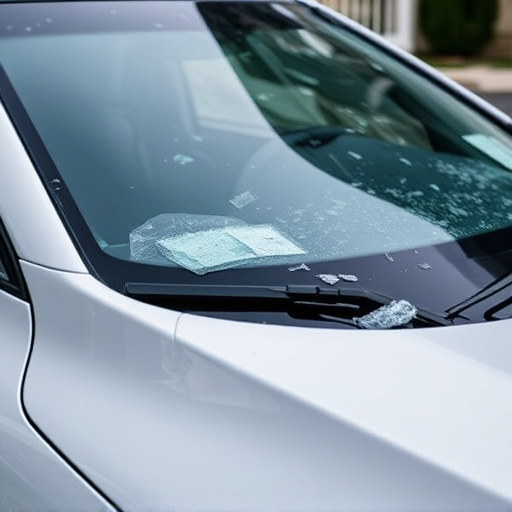
The Mercedes THERMOTRONIC repair process involves a meticulous approach to ensure optimal climate control within the vehicle. When a sensor failure occurs in the heating, ventilation, and air conditioning (HVAC) system, it’s crucial to address it promptly. The initial step entails identifying the faulty sensor(s), which can be accomplished through diagnostic scanning. Once located, these sensors are carefully replaced with new ones that meet Mercedes-Benz standards, ensuring compatibility and longevity.
After the sensor replacement, rigorous testing procedures are conducted to verify the system’s functionality. This includes checking the temperature control unit for accurate readings, validating the heating and cooling performance, and assessing whether the cabin reaches and maintains the set temperature. These tests, combined with the use of specialized diagnostic tools, guarantee that the Mercedes THERMOTRONIC system operates efficiently, providing drivers with a comfortable and consistent interior climate during their journeys. Moreover, reputable collision centers or auto body services specializing in car restoration can offer these repairs, ensuring your vehicle’s comfort and safety features are restored to peak condition.
Mercedes THERMOTRONIC systems, renowned for their precision climate control, can face sensor failures that disrupt comfort and efficiency. Understanding these components and their repair process, as outlined in this guide, equips car owners to address common issues effectively. By diagnosing problems using the right tools and following a structured repair procedure, including replacing failed sensors and thorough testing, Mercedes owners can restore optimal performance to their THERMOTRONIC systems, ensuring a comfortable and efficient driving experience.


